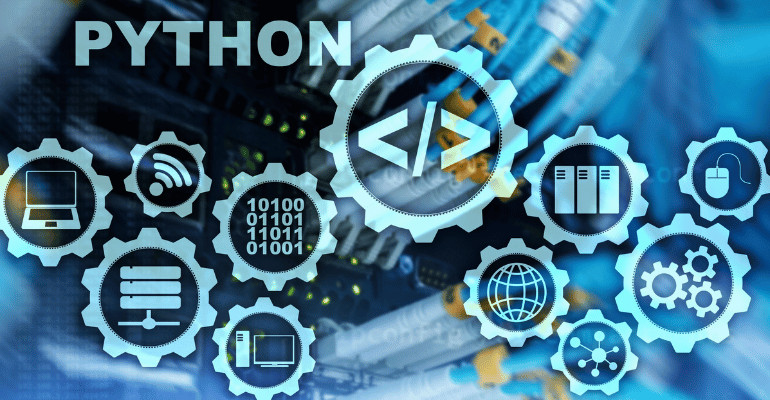Know all about: Python Programming
Know all about: Python Programming
In the ever-evolving landscape of programming languages, Python has emerged as a versatile and beginner-friendly option that has gained immense popularity across industries. Whether you’re an aspiring developer or someone looking to add coding skills to your repertoire, this guide will provide you with a comprehensive introduction to Python programming.
Why Learn Python?
Python’s rise to fame can be attributed to its simplicity, readability, and versatility. Its user-friendly syntax resembles plain English, making it an ideal starting point for those new to coding. Python’s vast array of libraries and frameworks also empowers developers to efficiently tackle tasks ranging from web development and data analysis to machine learning and automation.
Getting Started: Setting Up Your Environment
Before delving into coding, it’s essential to set up your programming environment. Installing Python is a straightforward process, and there are various platforms to choose from, such as Anaconda, which includes essential libraries for scientific computing. Once you’re set up, you can use either the Python shell or integrated development environments (IDEs) like PyCharm or Jupyter Notebook to write and run your code.
Python Basics: Syntax and Variables
Python’s syntax is intuitive and designed to be readable. From printing “Hello, World!” to performing complex calculations, Python’s entry-level tasks are both simple and satisfying. Learn how to declare variables, perform arithmetic operations, and utilize built-in functions to start building the foundation of your programming skills.
Control Structures: Making Decisions and Repeating Tasks
Control structures are essential for guiding the flow of your program. Explore how to use conditional statements (if-elif-else) to make decisions based on different scenarios. Additionally, discover the power of loops (for and while) to automate repetitive tasks and iterate through data structures.
Functions and Modules: Organizing Your Code
As your programs grow in complexity, organizing your code becomes crucial. Learn how to create functions – reusable blocks of code – to streamline your projects. Python’s vast library ecosystem is also at your disposal. Discover how to import and utilize modules to incorporate pre-built functionalities into your programs.
Data Structures: Handling and Manipulating Data
Python offers a range of data structures, such as lists, tuples, dictionaries, and sets, that allow you to store and manipulate data efficiently. Dive into the characteristics of each structure and understand when to use them based on your programming needs.
Object-Oriented Programming (OOP): Building Classes and Objects
Python supports object-oriented programming, a paradigm that models real-world entities as classes and objects. Explore how to create classes, define attributes and methods, and establish relationships between objects. OOP promotes modularity and reusability, enhancing the efficiency and maintainability of your code.
Putting It All Together: Mini-Project
Apply your newfound knowledge by embarking on a mini-project that encompasses various concepts covered in this guide. Whether it’s a simple game, a text-based application, or a data analysis task, this hands-on experience will solidify your understanding and boost your confidence in Python programming.
Conclusion
As you’ve witnessed in this introduction, Python programming offers an accessible entry point into the world of coding, making it an excellent choice for beginners. Its flexibility, readability, and extensive community support make it an invaluable tool for professionals across diverse industries. Armed with the foundational knowledge gained from this guide, you’re ready to embark on your journey into the exciting realm of Python programming. Happy coding!







